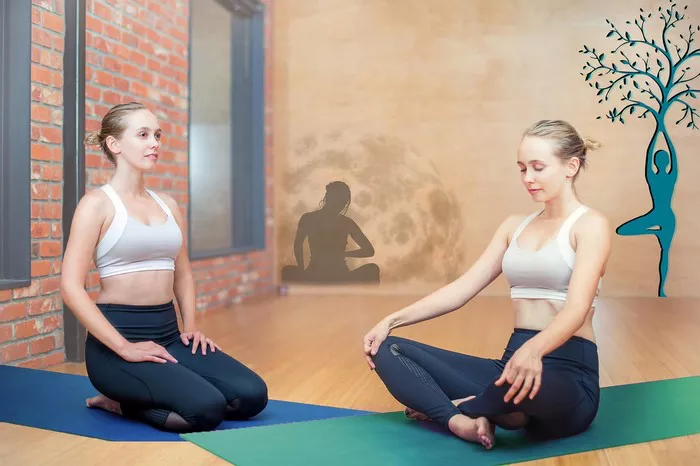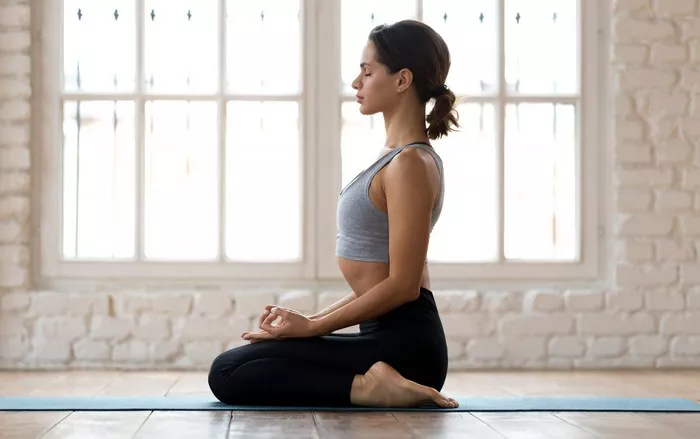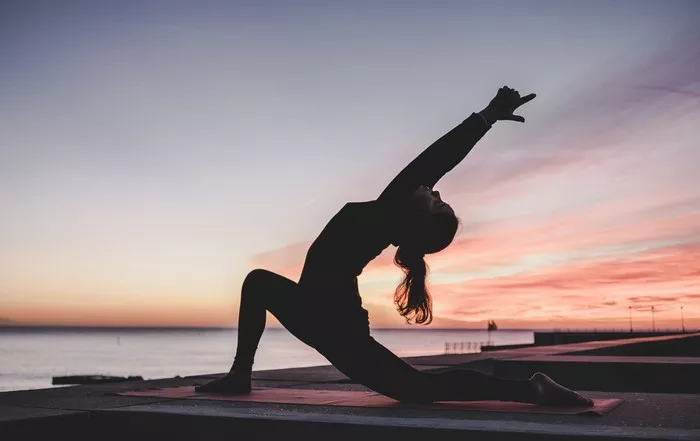Sivananda Yoga is a classical and holistic system of yoga that integrates physical postures (asanas), breathing techniques (pranayama), relaxation (savasana), proper diet, positive thinking, and meditation. It was founded by Swami Sivananda and later spread worldwide by his disciple Swami Vishnudevananda. The practice follows a structured and traditional approach, making it accessible to practitioners of all levels.
One of the defining features of Sivananda Yoga is its fixed sequence of 12 basic asanas, which are performed in a specific order to promote physical and mental well-being. These postures are designed to enhance flexibility, strength, balance, and inner peace. Although the system primarily focuses on these 12 poses, variations and preparatory poses can be incorporated to deepen the practice.
The 12 Basic Asanas of Sivananda Yoga
Sivananda Yoga revolves around 12 essential asanas, each chosen for its specific benefits to the body and mind. These postures are preceded by Sun Salutations (Surya Namaskar) and pranayama exercises to prepare the body. Below is a detailed breakdown of each pose:
1. Headstand (Sirsasana)
Often referred to as the “king of asanas,” the headstand improves circulation to the brain, strengthens the shoulders and arms, and enhances concentration. It also helps in reducing stress and stimulating the nervous system.
2. Shoulder Stand (Sarvangasana)
This pose is known as the “queen of asanas” due to its benefits for the thyroid gland, metabolism, and overall circulation. It promotes relaxation and improves respiratory health.
3. Plough Pose (Halasana)
Plough pose stretches the spine, improves digestion, and stimulates the nervous system. It also helps relieve stress and fatigue by calming the mind.
4. Fish Pose (Matsyasana)
A counterpose to the shoulder stand, fish pose opens the chest and lungs, improving respiration and strengthening the neck and upper back muscles.
5. Sitting Forward Bend (Paschimottanasana)
This pose stretches the entire back, hamstrings, and spine. It is excellent for reducing stress, improving digestion, and enhancing flexibility.
6. Cobra Pose (Bhujangasana)
Cobra pose strengthens the back muscles, improves spinal flexibility, and stimulates abdominal organs. It is particularly beneficial for relieving lower back pain.
7. Locust Pose (Shalabhasana)
Locust pose strengthens the lower back, buttocks, and legs. It also enhances digestion and stimulates internal organs.
8. Bow Pose (Dhanurasana)
This posture provides a deep stretch to the back, chest, and shoulders. It improves spinal flexibility, aids digestion, and helps in stress relief.
9. Spinal Twist (Ardha Matsyendrasana)
A twisting posture that improves spinal mobility, aids digestion, and detoxifies the internal organs. It also enhances flexibility in the back and hips.
10. Crow Pose (Kakasana) or Peacock Pose (Mayurasana)
Crow pose strengthens the arms, wrists, and shoulders, improving overall balance and concentration. Peacock pose is another option that aids digestion and detoxification.
11. Standing Forward Bend (Pada Hastasana)
This pose stretches the spine, hamstrings, and calves while promoting relaxation and stress relief. It also improves blood circulation to the brain.
12. Triangle Pose (Trikonasana)
A standing posture that enhances balance, strengthens the legs, and improves spinal flexibility. It also stimulates digestion and relieves tension.
Additional Asanas and Variations
While the core of Sivananda Yoga consists of these 12 asanas, advanced practitioners may incorporate additional variations to deepen their practice. Some of these include:
Extended Headstand Variations (e.g., lotus headstand, split-legged headstand)
Bridge Pose (Setu Bandhasana) for spinal strength and flexibility
Pigeon Pose (Kapotasana) for hip opening and emotional release
Half Moon Pose (Ardha Chandrasana) for balance and core strength
King Pigeon Pose (Raja Kapotasana) for deep backbending
Lotus Pose (Padmasana) for advanced meditation and breathwork
Importance of Proper Sequence in Sivananda Yoga
The order of asanas in Sivananda Yoga is intentional, following a systematic approach that:
Warms up the body through Sun Salutations and pranayama
Strengthens and balances the body with inversions like the headstand and shoulder stand
Promotes spinal flexibility with backbends and forward bends
Encourages deep relaxation through savasana at the end of the session
This structured progression ensures that the body and mind receive optimal benefits from the practice.
Benefits of Practicing Sivananda Yoga Asanas
The 12 asanas in Sivananda Yoga provide numerous benefits:
Physical Benefits: Improved flexibility, strength, posture, and overall body awareness
Mental Benefits: Reduced stress, enhanced focus, and emotional balance
Spiritual Benefits: Deepened connection with breath, meditation, and inner peace
Detoxification: Enhanced circulation and improved digestion
Conclusion
Sivananda Yoga follows a well-defined structure that includes 12 fundamental asanas designed to benefit both the body and mind. While these 12 poses form the foundation of the practice, practitioners can explore variations and additional postures to advance their experience. The beauty of Sivananda Yoga lies in its simplicity, effectiveness, and holistic approach to well-being. Whether you are a beginner or an experienced yogi, this system offers a path to physical health, mental clarity, and spiritual growth.
Related topics:






















